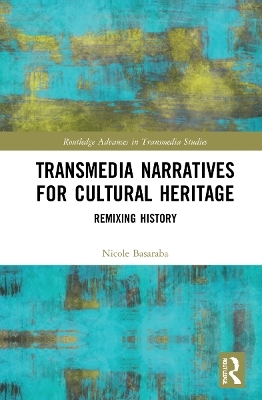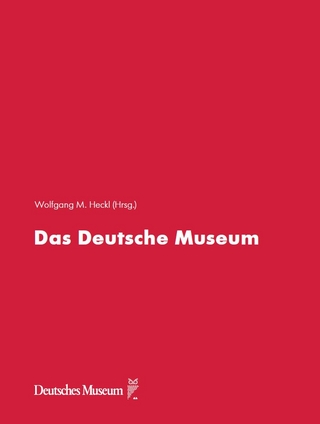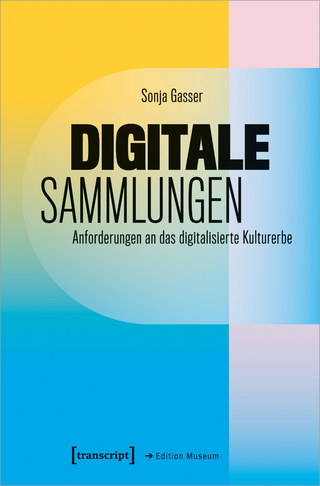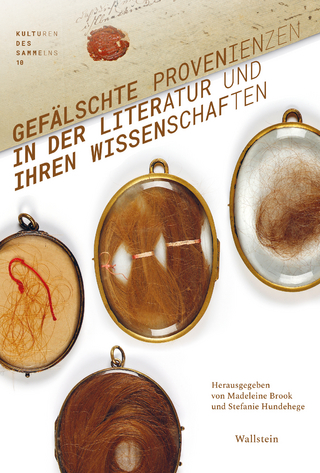
Transmedia Narratives for Cultural Heritage
Routledge (Verlag)
978-1-032-06691-2 (ISBN)
This book applies a media-focused transdisciplinary approach to understand the conventions of emerging digital narrative genres. Considering digital media’s impact on narrative creation and reception, the approach, namely remixed transmedia, can aid practitioners in creating strategic non-fiction narratives for cultural heritage. These creations also need to be evaluated and a digital-media focused ‘ludonarrative toolkit’ allows for the critical analysis of the composition and public participation in interactive digital narratives. This toolkit is applied and exemplified in genres including virtual museums, serious games, and interactive documentaries. The book also includes a seven-phase theoretical framework that can assist future creators (and project managers) of non-fiction transmedia ‘mothership’ narratives; and a methodology (based on ‘big data analysis’) for how to invent new cultural heritage narratives through bottom-up remixing that allows for public inclusion. Two transnational case studies on the 11 UNESCO World Heritage Australian Convict Sites and the Irish National Famine Way demonstrate the seven-phase framework’s applicability.
As many scholars across disciplines are increasingly creating digital narratives on historical topics for public consumption in various forms, the theoretical foundations and practical project management framework will be useful for scholars and project teams in the domains of transmedia studies, interactive narratives, cultural heritage, media studies, comparative literature, and journalism.
Nicole Basaraba received her PhD from Trinity College Dublin, Ireland with a specialisation in digital media narratives and digital humanities. Her research focuses on evaluating and finding best practices for creating interactive digital narratives in non-fiction genres. She is particularly interested in how participatory digital culture impacts storytelling practices in cultural heritage and tourism contexts, such as in creative and digital place-making. Basaraba also has a Master of Arts in Communications and Technology from the University of Alberta, Canada. She has presented at over 20 conferences worldwide and her work has been published in multiple peer-reviewed journals.
Acronyms ; Introduction: Transmedia for Cultural Heritage; PART 1 – GETTING ON THE SAME PAGE; Chapter 1: Digital Narratives Across Disciplines; Chapter 2: Mapping and Analysing Interactive Digital Narrative Genres; PART 2 – THEORETICAL FOUNDATIONS FOR NON-FICTION DIGITAL NARRATIVES; Chapter 3: A Seven-Phase Theoretical Framework for Project Teams; Chapter 4: Remixing Narratives for Cultural Heritage – A Method of Transmedia Invention; PART 3 – CASE STUDIES OF REMIXING CULTURAL HERITAGE IN CREATIVE PRACTICE; Chapter 5: UNESCO World Heritage Australian Convict Sites; Chapter 6: The National Famine Way of Ireland; Conclusion: Final Reflections and the Future of Historical Transmedia Narratives; References; Appendices; Glossary
| Erscheinungsdatum | 22.04.2022 |
|---|---|
| Reihe/Serie | Routledge Advances in Transmedia Studies |
| Zusatzinfo | 9 Tables, black and white; 8 Line drawings, black and white; 1 Halftones, black and white; 9 Illustrations, black and white |
| Verlagsort | London |
| Sprache | englisch |
| Maße | 156 x 234 mm |
| Gewicht | 700 g |
| Themenwelt | Kunst / Musik / Theater |
| Geisteswissenschaften ► Geschichte ► Hilfswissenschaften | |
| Sozialwissenschaften ► Kommunikation / Medien ► Medienwissenschaft | |
| ISBN-10 | 1-032-06691-1 / 1032066911 |
| ISBN-13 | 978-1-032-06691-2 / 9781032066912 |
| Zustand | Neuware |
| Informationen gemäß Produktsicherheitsverordnung (GPSR) | |
| Haben Sie eine Frage zum Produkt? |
aus dem Bereich


